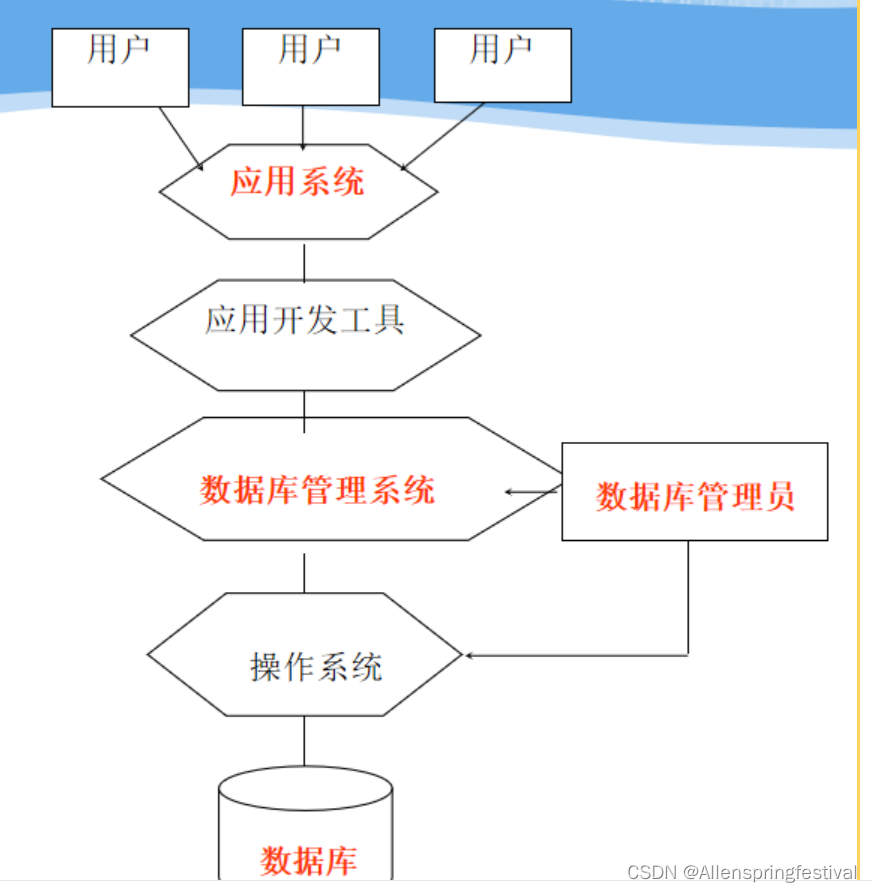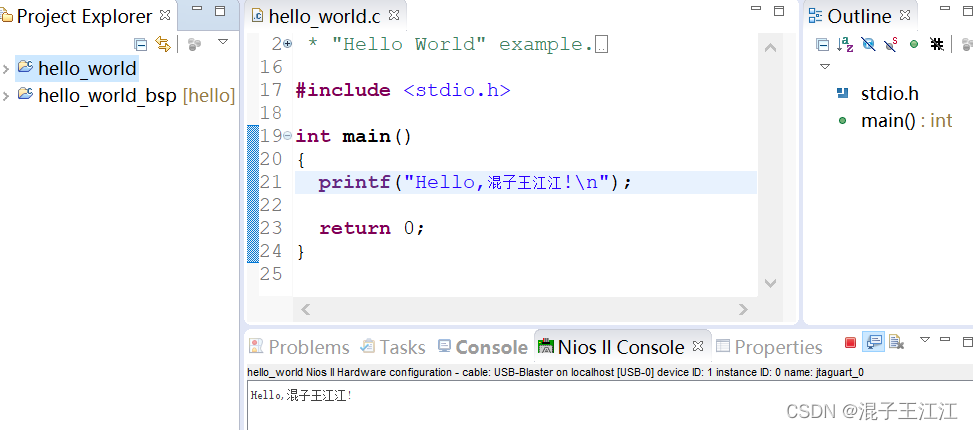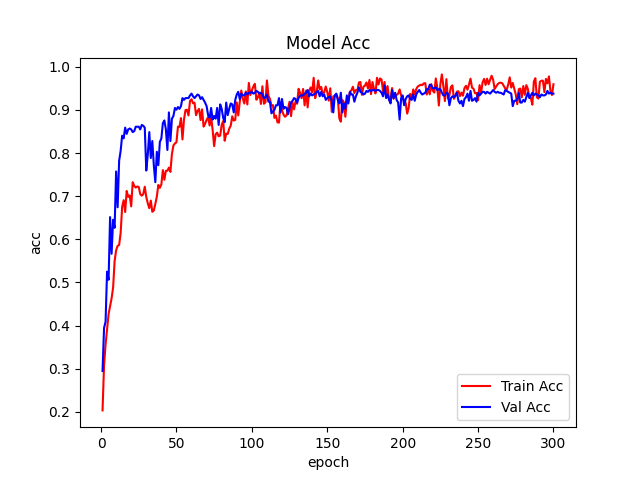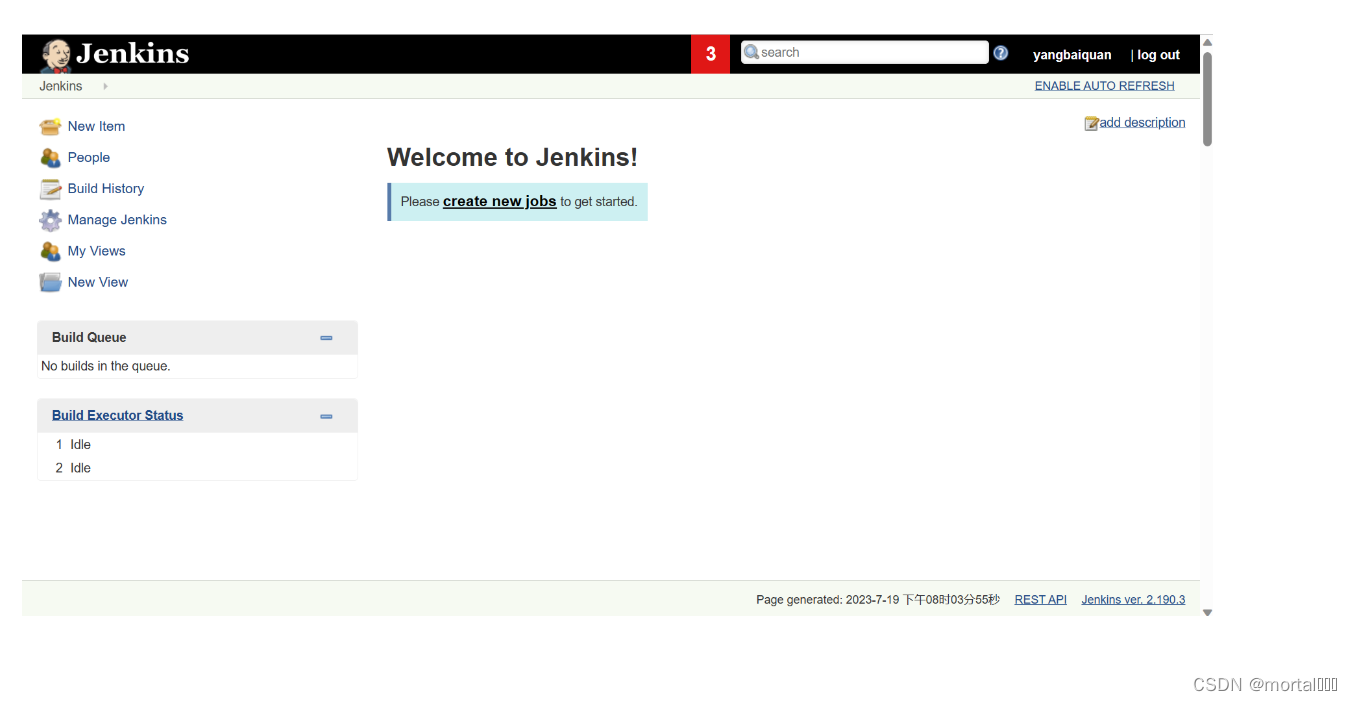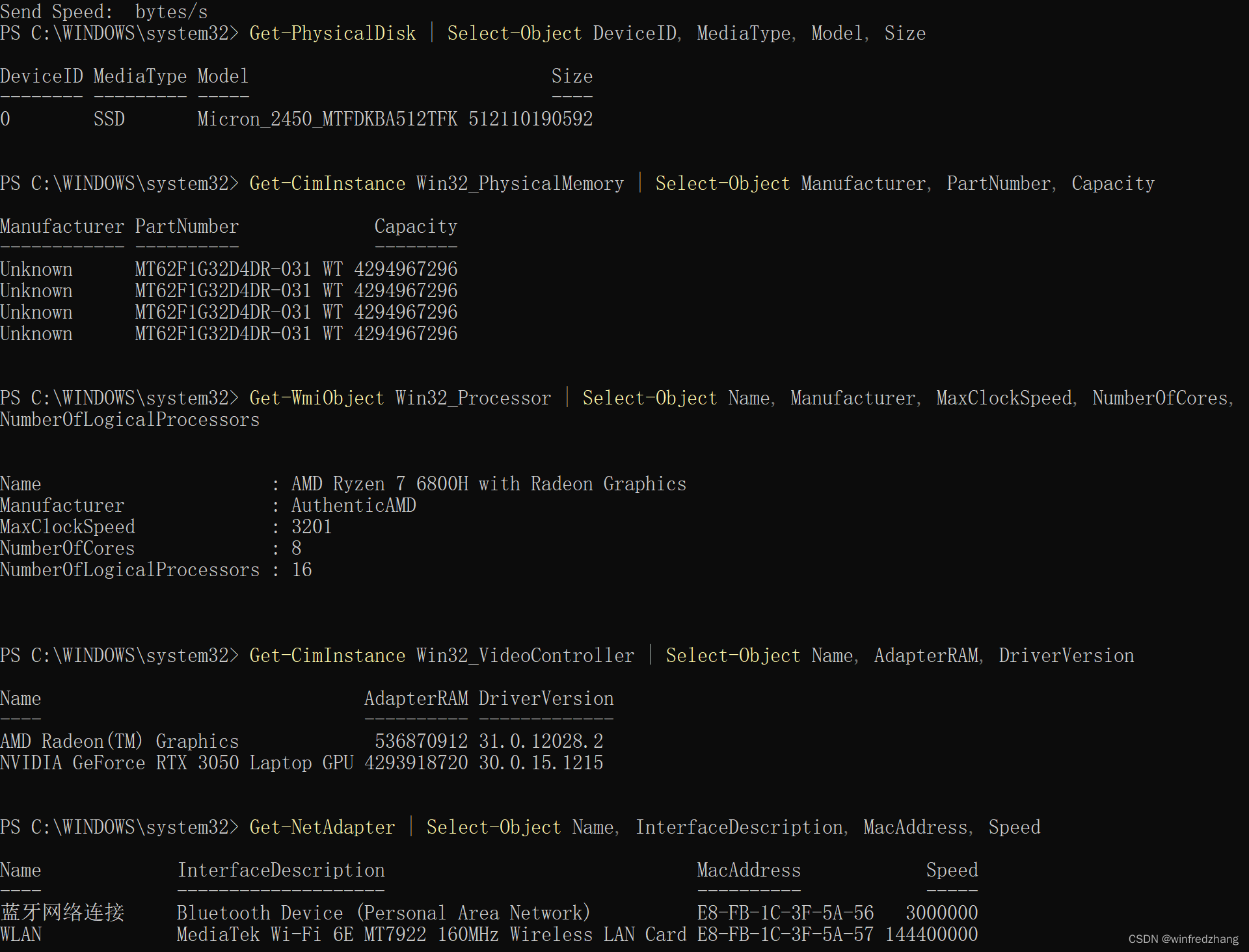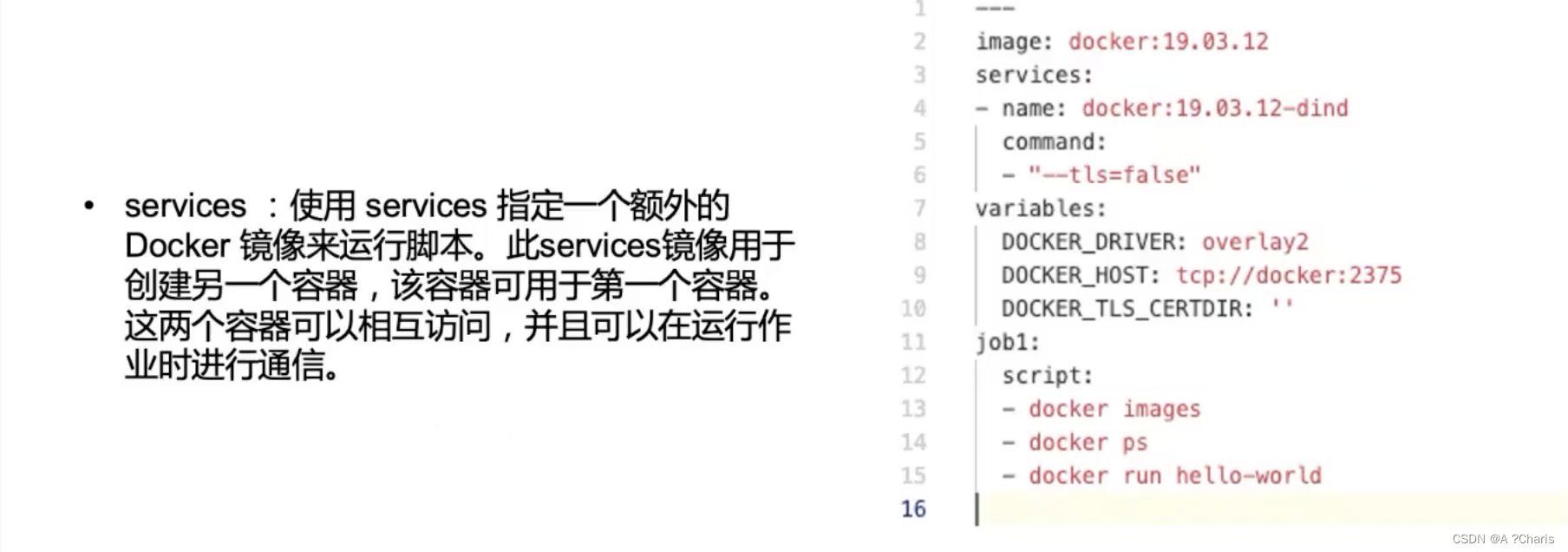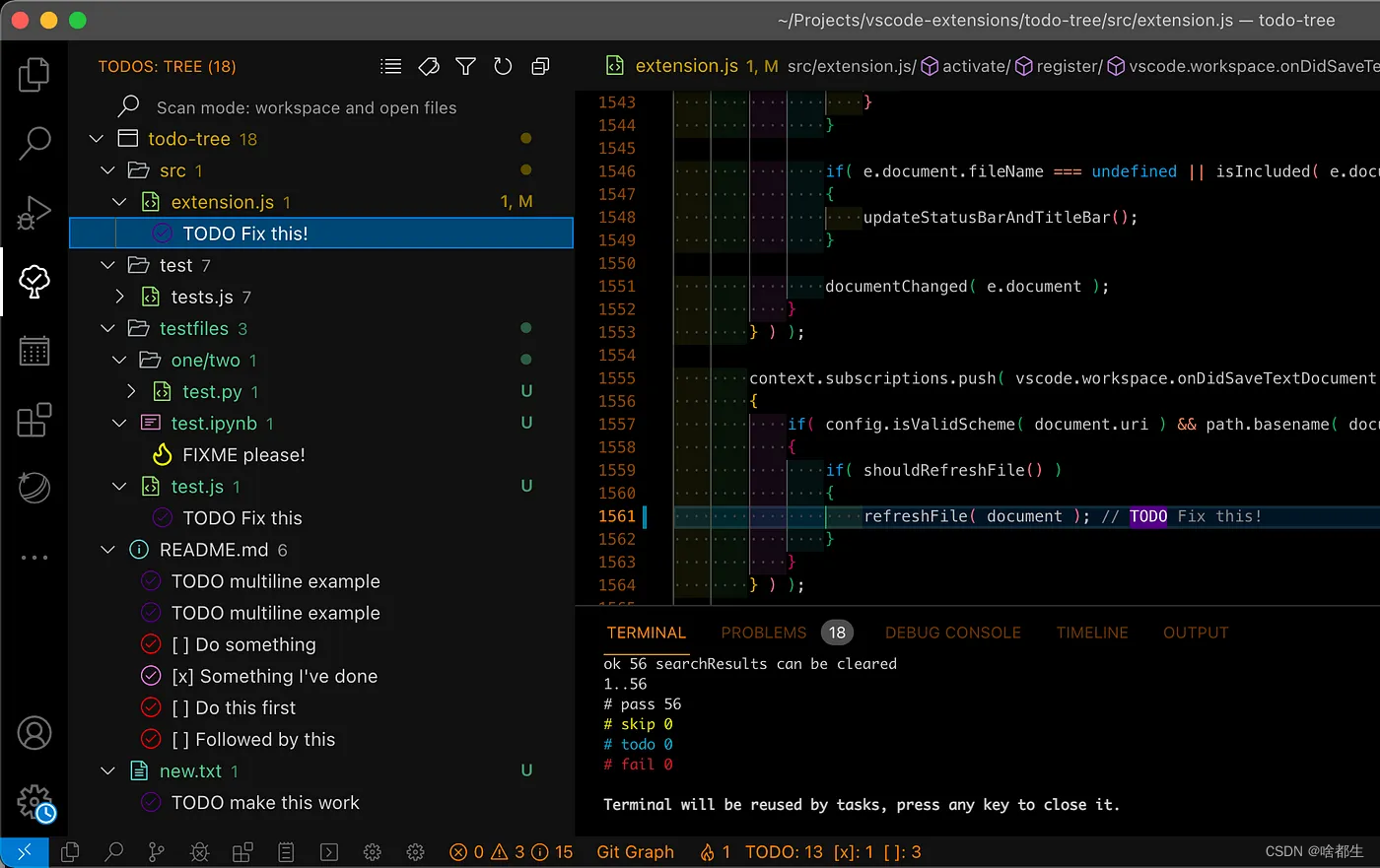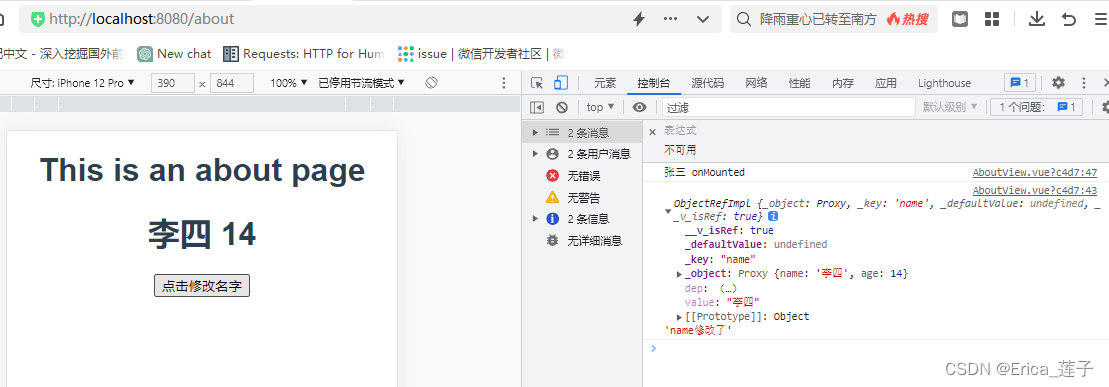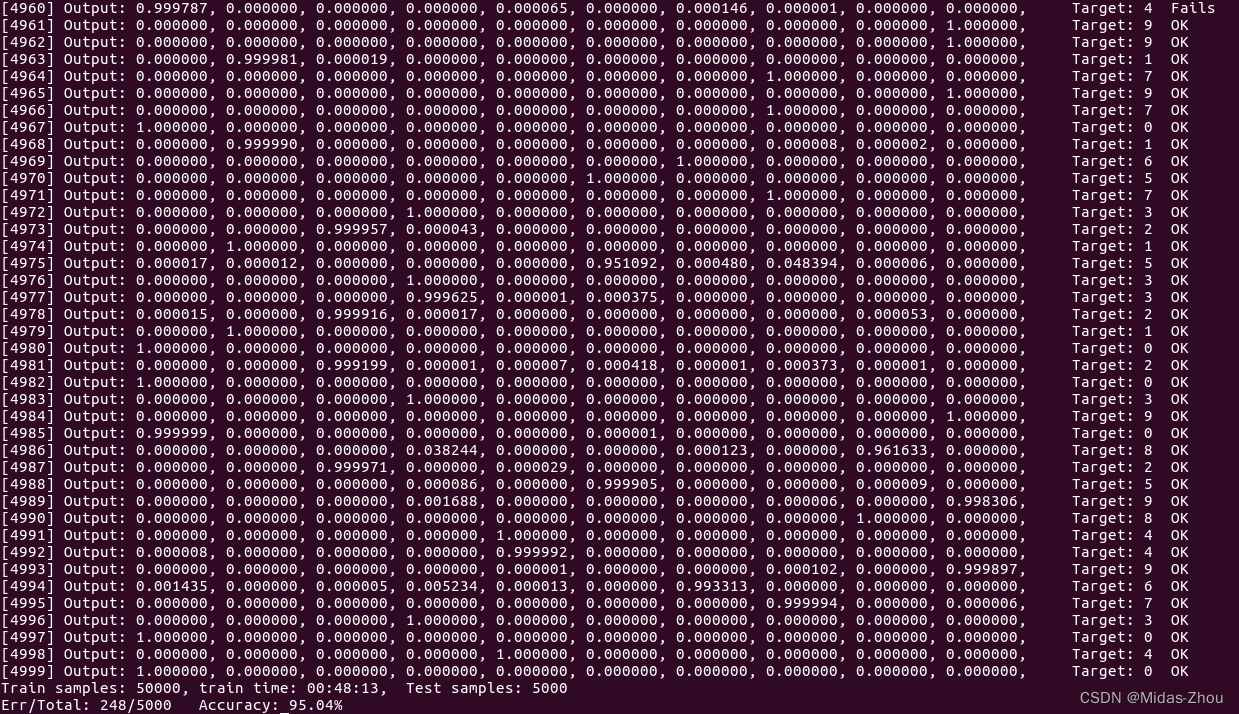说明
使用Netty框架编程,当Channel将数据发送成功以后,存放发送数据的ByteBuf会被自动释放。
为了进行验证,我们可以在发送数据前,通过io.netty.buffer.ByteBuf的refCnt()函数看看引用计数,通过Channel发送成功以后再看看引用计数,对比下。
示例
为了突出重点,此处只给出代码片段。
package com.thb.power.terminal;
import java.io.BufferedReader;
import java.io.InputStreamReader;
import com.thb.power.packet.register.RegisterRequestPacket;
import io.netty.bootstrap.Bootstrap;
import io.netty.buffer.ByteBuf;
import io.netty.channel.Channel;
import io.netty.channel.ChannelFuture;
import io.netty.channel.ChannelFutureListener;
import io.netty.channel.ChannelOption;
import io.netty.channel.EventLoopGroup;
import io.netty.channel.nio.NioEventLoopGroup;
import io.netty.channel.socket.nio.NioSocketChannel;
/**
* 客户端主函数
* @author thb
*
*/
public class Terminal {
// 要连接的服务端的host
static final String HOST = System.getProperty("host", "127.0.0.1");
// 要连接的服务端的端口号
static final int PORT = Integer.parseInt(System.getProperty("port", "22335"));
public static void main(String[] args) throws Exception {
// 配置客户端
EventLoopGroup group = new NioEventLoopGroup();
try {
Bootstrap b = new Bootstrap();
b.group(group)
.channel(NioSocketChannel.class)
.option(ChannelOption.TCP_NODELAY, true)
.handler(new TerminalInitializer());
// 启动客户端
Channel ch = b.connect(HOST, PORT).sync().channel();
//System.out.println("channel: " + ch.getClass().getName());
ChannelFuture lastWriteFuture = null;
BufferedReader in = new BufferedReader(new InputStreamReader(System.in));
System.out.println("please input(register):");
for (;;) {
String line = in.readLine();
if (line == null) {
break;
}
// 如果用户输入register,表示命令客户端发送注册请求给服务器
if (line.toLowerCase().equals("register")) {
RegisterRequestPacket registerRequest = new RegisterRequestPacket();
// 返回的ByteBuf存放着注册请求的数据
ByteBuf buf = registerRequest.build(ch);
// 发送数据前,看看引用计数
System.out.println("before write and flush, buf.refCnt(): " + buf.refCnt());
lastWriteFuture = ch.writeAndFlush(buf);
lastWriteFuture.addListener(new ChannelFutureListener() {
public void operationComplete(ChannelFuture future) {
// 发送数据成功以后,再看看引用计数
System.out.println("after write and flush completed, buf.refCnt(): " + buf.refCnt());
}
});
}
}
if (lastWriteFuture != null) {
lastWriteFuture.sync();
}
} finally {
// 关闭event loop以便终止所有的线程
group.shutdownGracefully();
}
}
}
// ChannelInitializer的子类
package com.thb.power.terminal;
import io.netty.channel.ChannelInitializer;
import io.netty.channel.ChannelPipeline;
import io.netty.channel.socket.SocketChannel;
import io.netty.handler.logging.LogLevel;
import io.netty.handler.logging.LoggingHandler;
public class TerminalInitializer extends ChannelInitializer<SocketChannel> {
@Override
public void initChannel(SocketChannel ch) throws Exception {
ChannelPipeline p = ch.pipeline();
p.addLast(new LoggingHandler(LogLevel.INFO));
}
}
运行输出结果:
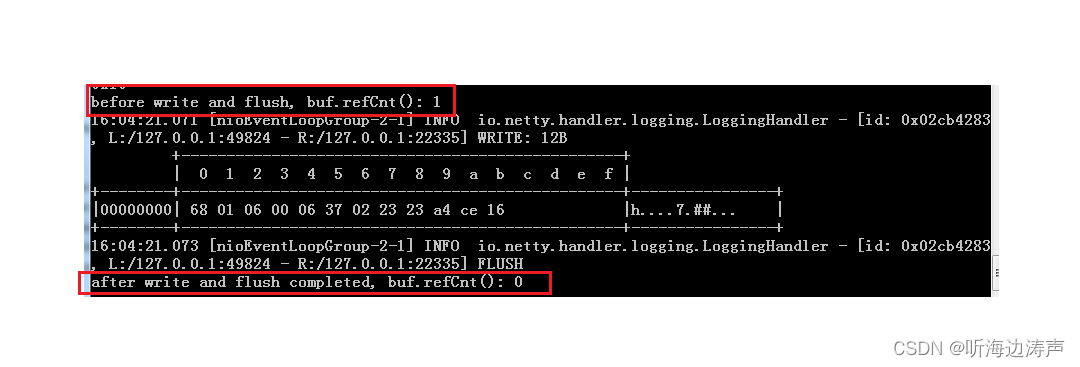
从上面输出的打印信息可以看出,发送数据前,引用计数是1,发送数据成功后,引用计数变为0,被释放了。
